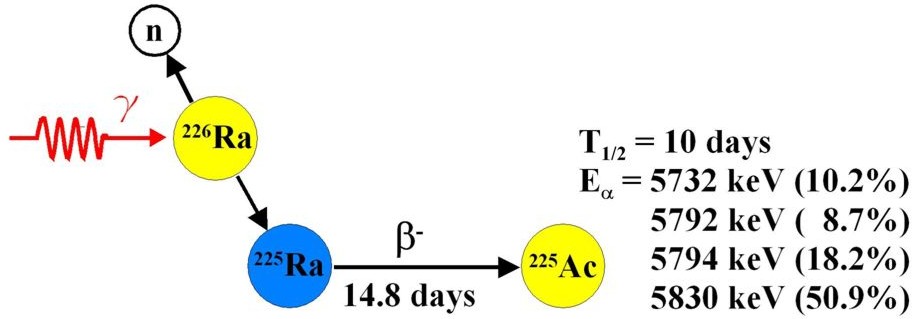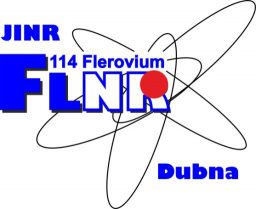High purity radioisotopes and radioanalytical studies
Methods of production in nuclear reactions of high purity isotopes of practically monoisotope structure have been developed at the Center for Applied Physics (CAP). Methods of producing radio-nuclides in (α,xn) reactions at the U-200 cyclotron and photonuclear reactions with the help of the MT-25 microtron have been developed. Obtained were high purity preparations of radioactive isotopes in the carrier-free form: 88Zr, 92mNb, 99Mo(99mTc), 97Ru, 109Cd, 111In,175Hf, 177Ta, 178W(178Ta), 186Re, 188Re, 209Po, 211At, 237U, 236,237Pu, etc. The isotope purity reaches 105-107 Bq/Bq relative to admixtures. New methods of separation and concentration of radioisotopes (selective nuclear reactions, gathering of recoil nuclei, radiochemical separation) were developed. New methods of separating 237U and 238U with the enrichment factor of 106 were elaborated.
The use of high purity isotopes in biomedical and ecological studies is quite actual. In particular, a metabolism of plutonium in a human body was studied in cooperation with Harwell Lab (Great Britain) by using a preparation of isotope 237Pu. Alpha -active isotopes 149Tb, 211At, 225Ac look promising in cancer treatments. In ecology the pure isotopes are used as tracers when determining the radioactive impurity of a territory in co-operation with the National Physical Laboratory (NPL, UK). The “Migration” installation operates at CAP which is intended for investigation of the migration of various radioisotopes in natural environments (collaboration with institutions in Bulgaria, Mongolia, and Vietnam).

A scheme of producing 225Ас isotope in reaction 225Ra (γ,n) 225Ra>β>225Ac
